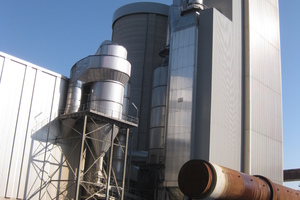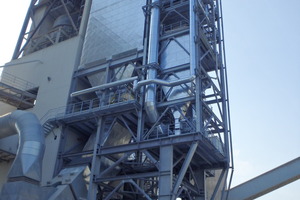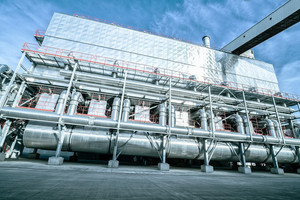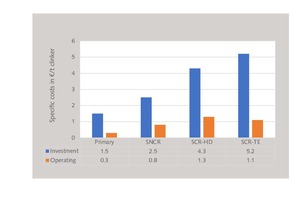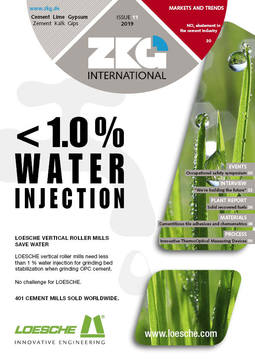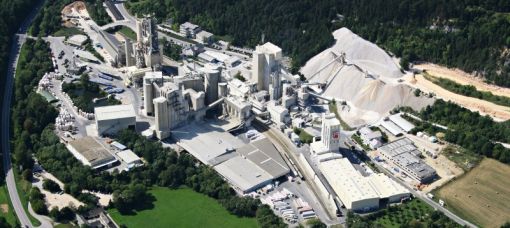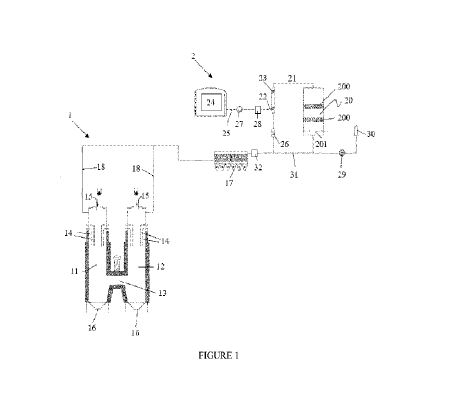NOx abatement in the cement industry
The cement industry is getting cleaner, a fact which also applies to NOx emissions. In the last 20 years, primary and secondary NOx abatement technologies have been developed. A combination of these technologies, including selective catalytic and non-catalytic reduction technologies, have become state-of-the-art. This review gives an introduction into what technologies are being used, what emission levels can be achieved and what the installation and operating costs are.
1 Introduction
Cement plants around the world are facing tougher environmental regulations, such as the air emission levels for particulate matter, SO2, NOx, HCl, HF, mercury, TOC, dioxins etc. Nitrogen oxides (generically termed NOx) are highly reactive gases, which are formed when fuel is burned at high temperatures. They contribute to global warming, water quality deterioration and acid rain. Elevated levels of nitrogen dioxide can cause damage to the human respiratory tract and increase a person’s vulnerability to, and the severity of, respiratory infections and asthma. Long-term exposure...


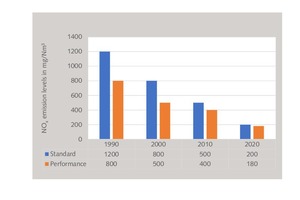
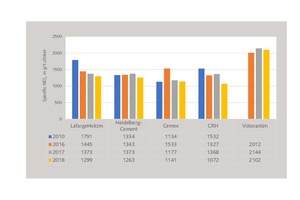
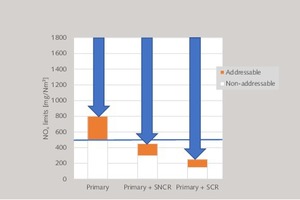

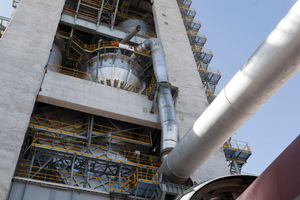
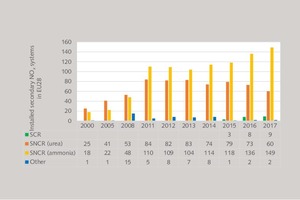
![7 Typical arrangement of an SCNR system [4]](/uploads/images/2019/w300_h200_x600_y359_Fig7_Matz_AAPCA_L-572f6df12a2f2ca5.jpeg)
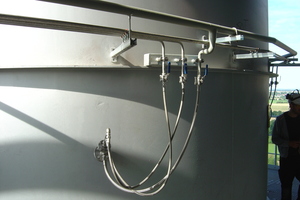
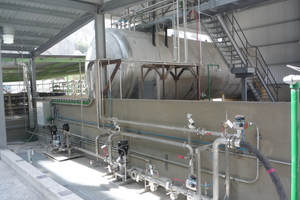
![10 Typical arrangement for an SCR system [2]](/uploads/images/2019/w300_h200_x579_y403_Fig10L_SCR_system_tkIS-7452e0242a90c0c3.jpeg)
![11 Performance results of an SCR system [2]](/uploads/images/2019/w300_h200_x445_y268_Fig11L_SCR_performance_tkIS-8723f31034ad8862.jpeg)
